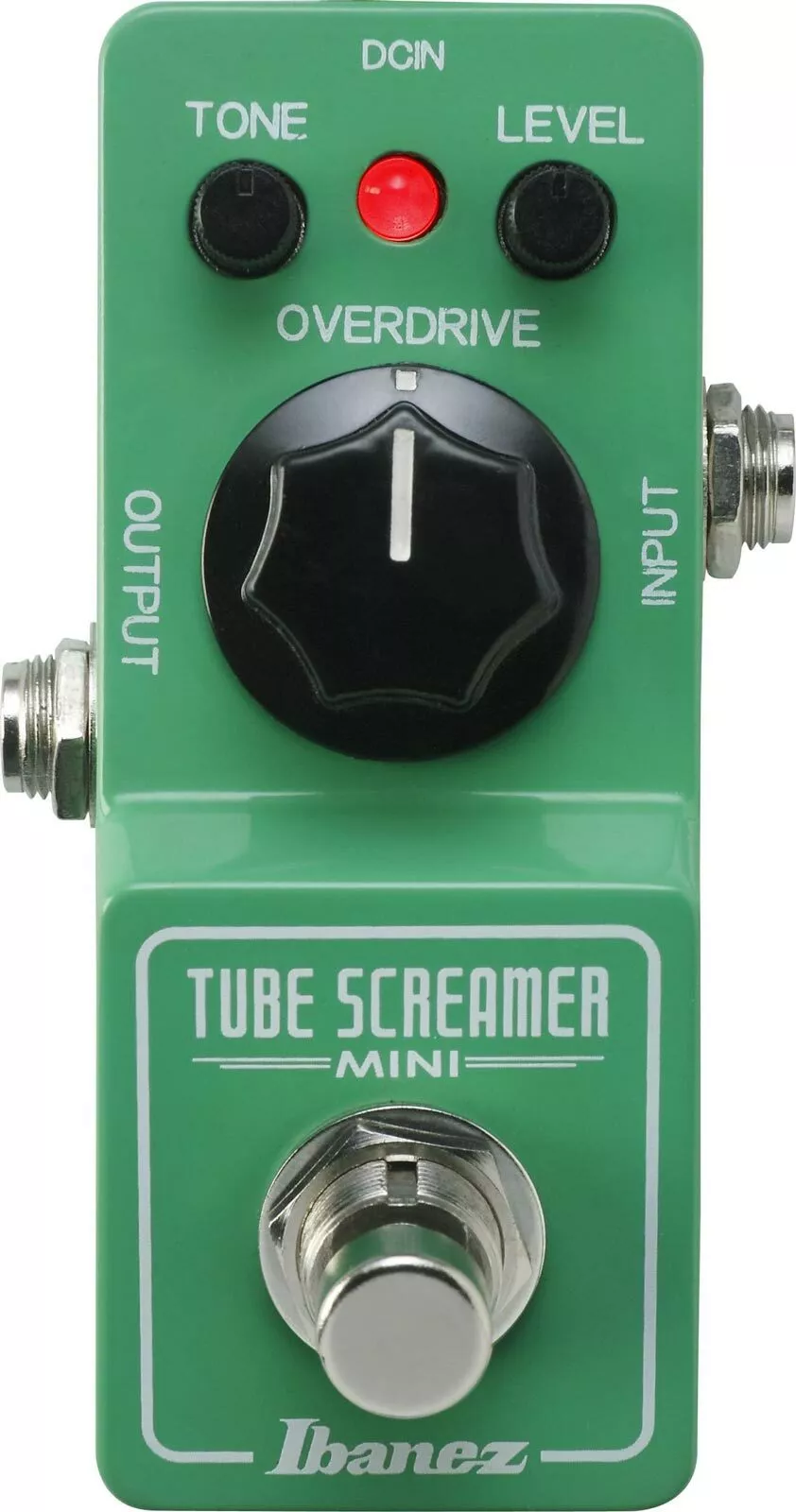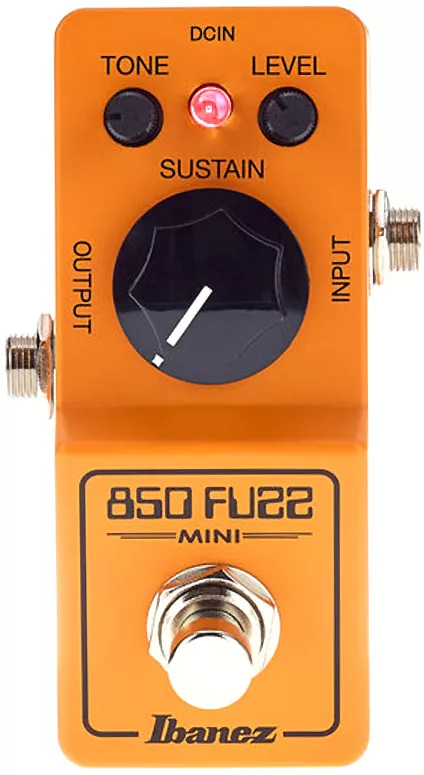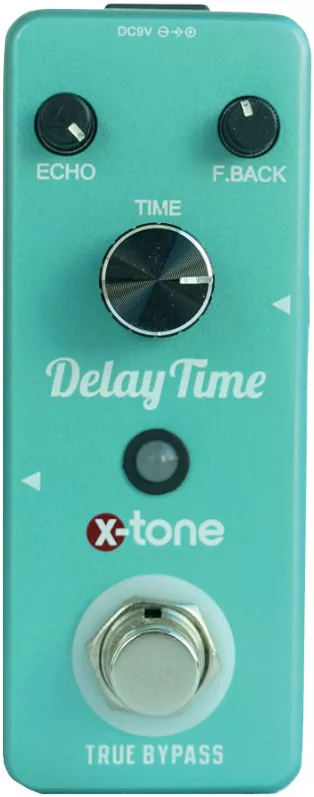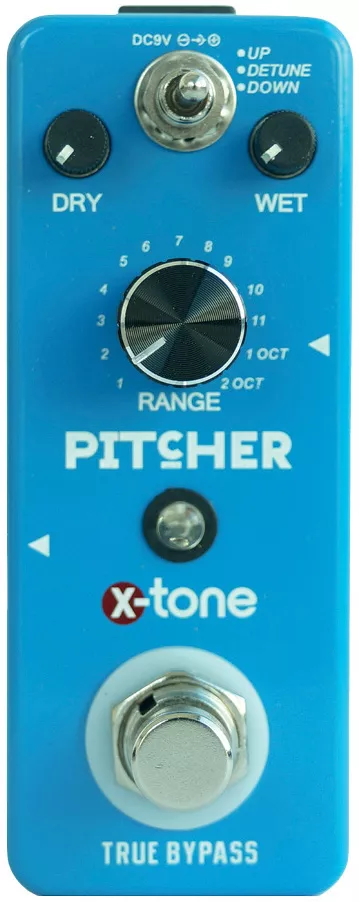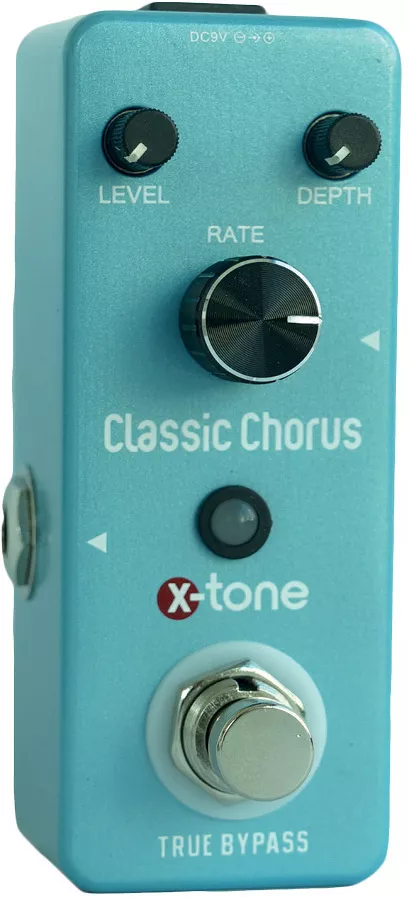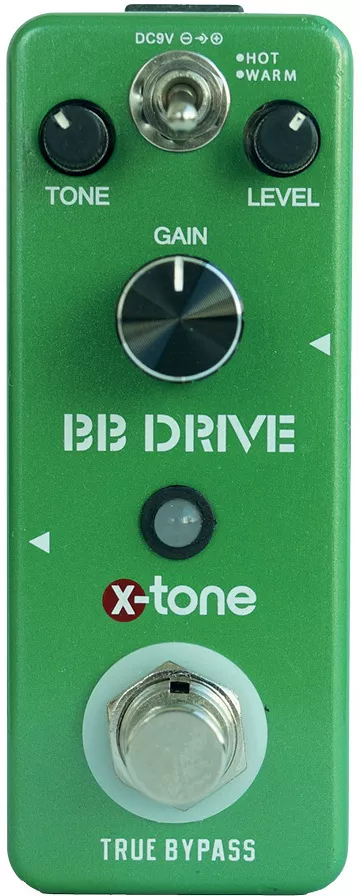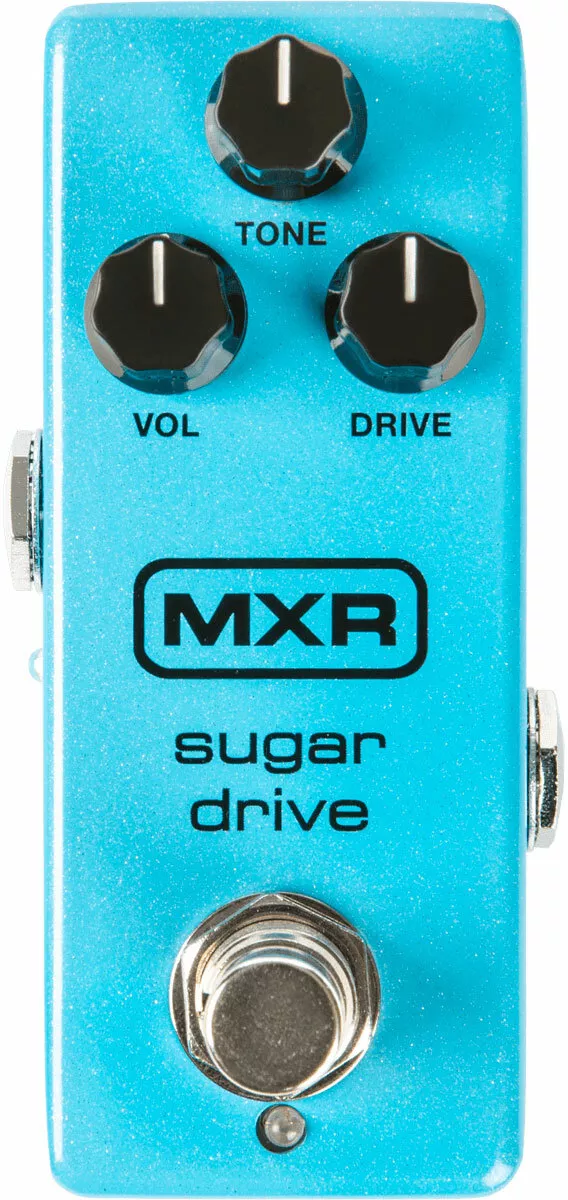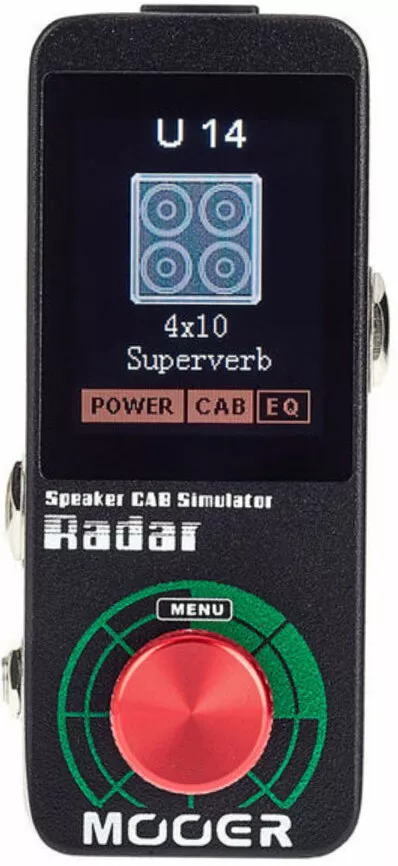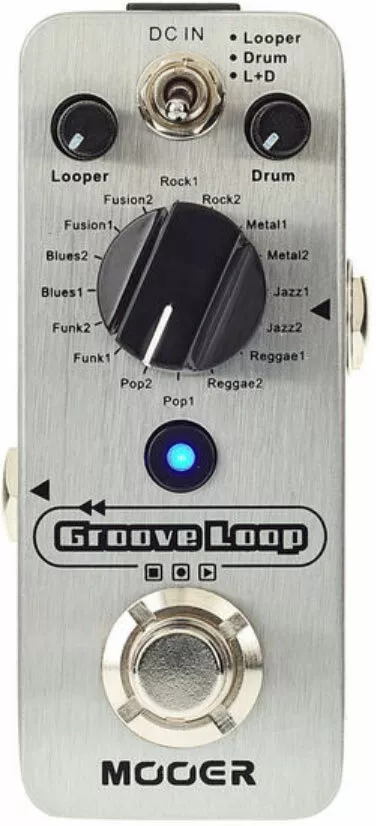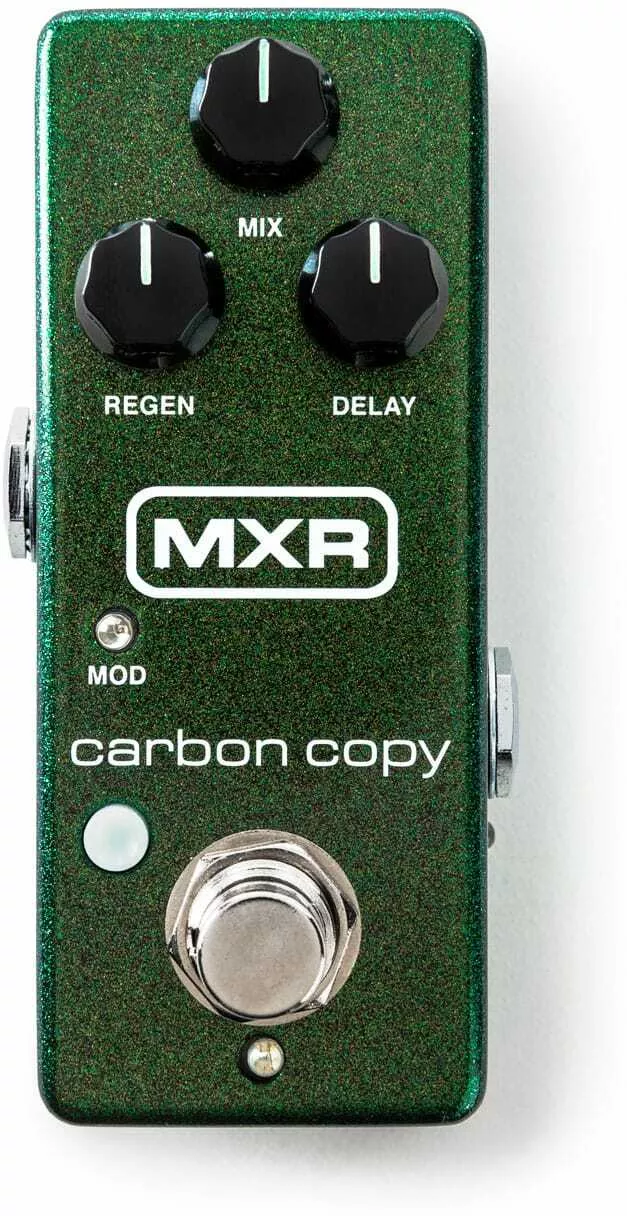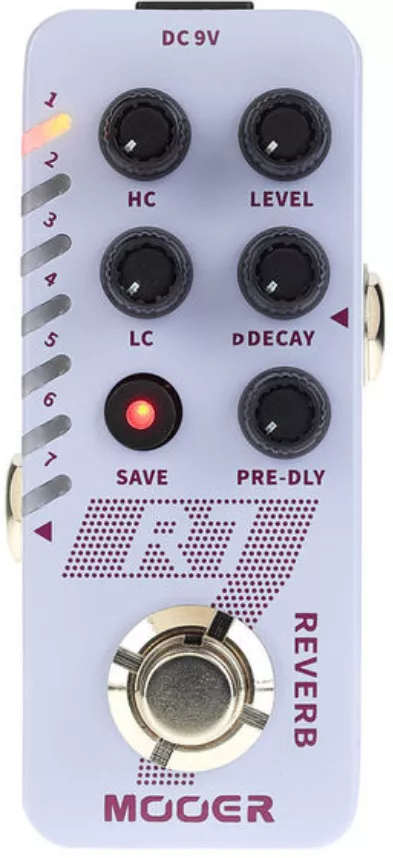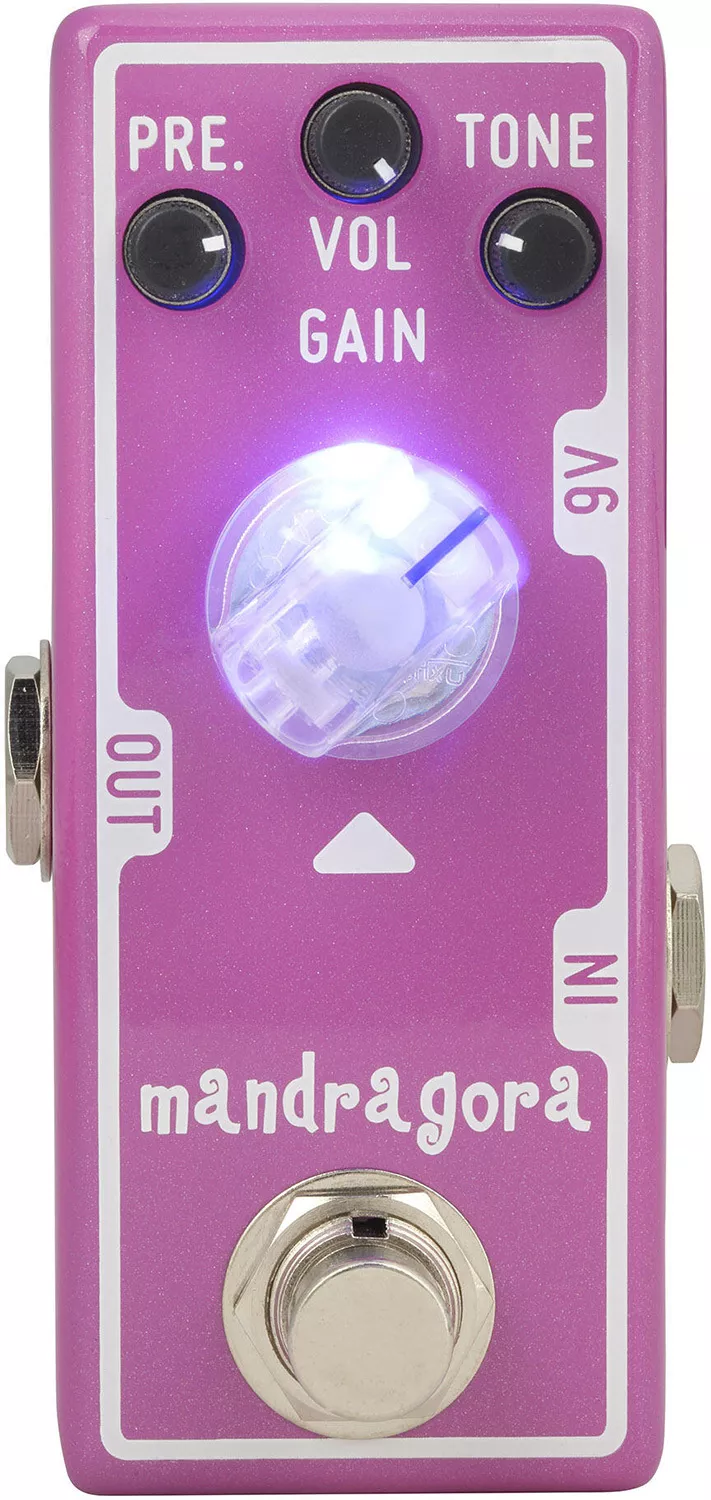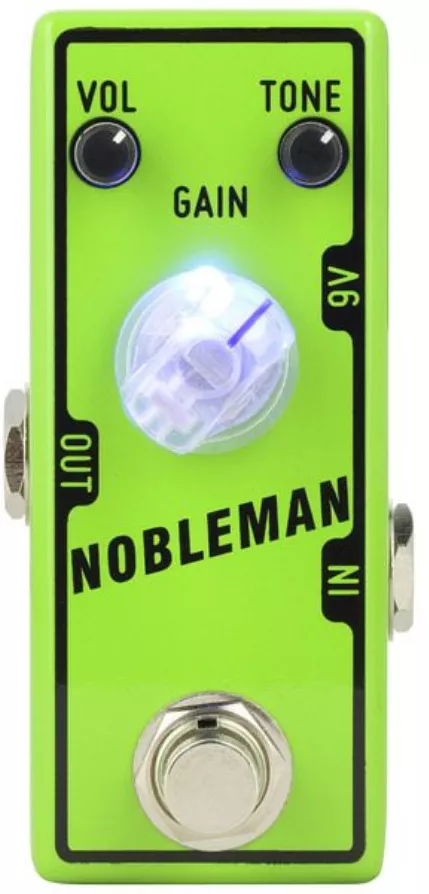How to choose your effects pedals?
The advent of amplified music in the 1960s encouraged musicians to enhance their sounds using various saturation, modulation, frequency filter or reverb effects.
How to find the processor(s) corresponding to your needs and expectations among the hundreds of references currently available?
In order to help you determine the effects that will allow you to enrich and embellish your sound, here is some basic information to integrate beforehand.
History of effects pedals
It all started in 1947 with the invention of the transistor and then miniaturized electronic circuits. From the 1960s, this technology was adopted by the music industry (first fuzz saturation in 1962).
The appearance of digital in the 80s will again revolutionize the music sector. Effects that used strictly analog circuitry are getting new features and expanded capabilities.
However, the sound of digital effects is colder and does not appeal to all musicians; manufacturers will then focus on reproducing the warm analog grain of vintage pedals, while retaining digital technology to optimize parameter control.
More recently, modeling technology has made a thunderous appearance and pushed processor performance. By perfectly mimicking the sound and behavior of tube amplifiers, modern effects deliver exceptional sound quality. The leaders in this field are Line 6 with all the products derived from the legendary POD, and lately Kemper whose Profiler is used by the greatest artists.
How an effect pedal works
Connected between the instrument and the amplifier, the effect pedal is a small box containing a circuit that will generate an effect (saturation, modulation, depth, equalization, etc.) that you can apply to the sound of your instrument at your leisure. (while continuing to play).
Powered by battery or mains adapter, the pedals generally include a switch to activate/deactivate the effect, a diode to indicate its operating state, and various parameters allowing to control the intensity and the variations of the effect.
The main types of effects
There are four main families:
- gain modification effects: saturation, boost, volume, compression
- frequency modification effects: equalization, wah/envelope filter, pitch shift/harmonization, octave
- modulation effects: chorus/flange, phase, tremolo/vibrato
- spatialization effects: delay, reverberation
Saturation, compression and volume
From a simple volume boost to big distortion, via compression, or subtle overdrive, these effects are undoubtedly the most popular, and will help define your sound identity.
If you like the sound of your amplifier but just want to be heard perfectly during your solos, or on a specific part of the song, you will need aBooster (MXR MC401 Boost) or a pedalVolume (ERNIE BALL VP), usually positioned at the end of the effects chain.
Boosters can also be used as a very light overdrive, especially on tube amps where they will warm up and thicken the sound. In this case it is preferable to place it upstream of the other pedals.
If the saturations generated by your guitar and your amp do not suit you perfectly, you will need to acquire aOverdrive, aDistortionor afuzzdepending on the type of color you want to achieve.
Overdrive
Typically, Overdrives have been designed to mimic the overdrive of tube amps, and are therefore popular with guitarists fromTraditional Blues or Rockfor their warmth, natural compression and responsiveness. They can nevertheless adapt to more aggressive registers because they combine very well with the already saturated sounds of your amp or another pedal. The absolute references in this category are undoubtedly the IBANEZ TS9 Tube Screamer and the BOSS SD-1 Super OverDrive, but many manufacturers offer remarkable alternatives such as the SEYMOUR DUNCAN 805 Overdrive or the fantastic FULLTONE OCD effect pedal.
Distortion
For guitarists Hard Rock and Heavy Metal who are looking for more gain and aggression, the Distortions will do the trick. They are more powerful and sharp than Overdrives. Among the essential references, you can opt without hesitation for a BOSS DS-1 Distortion (notably used by Joe Satriani) or an MXR M104 Distortion+, but we can highly recommend the MARSHALL GV-2 Guv'nor Plus, or in a more manly style the MXR EVH117 whose design was supervised by Eddie Van Halen.
fuzz
The guitaristsPunk, Grunge or Indielike to think outside the box and seek more radicalism. These are the Fuzz saturations that will ideally correspond to them. Fuzzes generate less defined saturations than Overdrives and Distortions, with a predominance of midrange and treble frequencies whose aggressiveness is perfectly suited to these styles of music. Kurt Cobain's sound is exemplary in this sense. In this respect, the standard models are the ELECTRO HARMONIX Big Muff and the PRO CO RAT2 effects pedals. We also strongly suggest the MXR M236 Super Badass Variac Fuzz.
Compressor
In a different register, the Compressors modify the volume, dynamics and duration of the sound, in order to balance the lower and higher levels. They thus give the signal back punch and definition, which will have a particularly beneficial effect for certain playing styles such as the Chicken Picking inseparable from Country Music, the Slide, or the clean/crunch characteristics of bands like The Police. The BOSS CS-3 Compression Sustainer and MXR M102 Dyna Comp Compressor effects pedals are the benchmarks in the category, but the TC ELECTRONIC HyperGravity Compressor and EBS MultiComp are also unanimous.
Equalization, frequency filtering, harmonization
The Equalizers, Wah, Envelope Filters and Harmonizers which act on the frequencies are generally placed after the saturations.
Equalization
In some cases your amp may lack controls and you will need to precisely sculpt the frequencies; an equalization pedal will then come at the right time. Most devices offer between 5 and 10 frequency bands and are easy to adjust. The must-haves in the department are the MXR M109S Six Band and MXR M108S Ten Band EQ pedals and the BOSS GE-7 Graphic Equalizer pedal.
Filtered
If there is one filter effect that has entered the pantheon of the guitar, it is undoubtedly thewow, who helped forge the sound identity of the greatest musicians, Jimi Hendrix in mind. It is an eminently rhythmic and expressive effect, imitating the modulations of the human voice, which sweeps the spectrum of frequencies thanks to a mobile plate operated with the foot. The references are legion but it is impossible not to mention the Wah effects pedals JIM DUNLOP GCB95F Cry Baby Classic, VOX V847 Wah and FULLTONE Clyde Standard Wah.
Envelope filter
The pedalsAuto Wahalso called "Envelope filter" automatically generate the frequency sweep and thanks to various controls allow to create very original sounds. The EHX Q-Tron and BOSS AW-3 Dynamic Wah reign supreme in this segment.
Pitch
THEOctavers,HarmonizersAndPitch Shiftersare interesting to give relief, thickness and amplitude to your sound. Depending on the references, it is possible to simply double the signal on various octaves (lower or higher, like the BOSS OC-3) or in a more advanced way, so you can create on your own the Twin-Guitars effect so dear to Hard- Rockers, or Sci-Fi sounds like Tom Morello with his DIGITECH Whammy.
Modulation
By impacting combinations of different parameters such as gain, frequency or temporality, Chorus/Flange/Phase/Tremolo or Vibrato effects can become indispensable partners that will help you create superb atmospheres.
Tremolo & Vibrato
Tremolo and Vibrato, classic effects in Rockabilly, Surf Music or Blues, respectively modify the volume and pitch of the note (a bit like a Leslie cabinet). You can in most cases control the intensity of the effect and the speed of the modulation. Among the timeless references, we find the MARSHALL VT-1 Vibratrem, the MXR M68 Uni-Vibe Chorus/Vibrato, the BOSS TR-2, the ELECTRO HARMONIX Super Pulsar Stereo or the FULLTONE Supa-Trem.
Flanger & Chorus
Flanger and Chorus effects are extremely popular and often confused, but nevertheless act differently on the signal: the first produces a radical rising/falling sound, the second is more enveloping and crystalline. In both cases the original signal is doubled, but the latter is treated differently.
To clearly distinguish these two effects, listen to the intro of Ain't Talking About Love by Van Halen (flanger) and Walking On The Moon by The Police (chorus).
Once again there are countless references, but the BOSS CH-1 chorus effect pedal, the ELECTRO HARMONIX Electric Mistress (flange) and Small Clone (chorus) pedals, as well as the TC ELECTRONIC Corona Chorus or M117R Flanger by MXR are inevitable.
Phase
In line with aFlangerattenuated and more subtle, thePhase, remains an effect of choice to add colors and texture your sounds. Many renowned guitarists have made great use of it, including Eddie Van Halen on the mythical solo Eruption or David Gilmour on Dark Side Of The Moon. To obtain excellent results, we recommend the MXR EVH90, the ELECTRO HARMONIX Bad Stone pedal or, on top of the range, the formidable versatile STRYMON Mobius.
Reverb and Delay
After overdrives, Echoes/Delays and Reverberations are undoubtedly the most popular effects. Historically, musicians of all styles have enjoyed adding spatiality to their sounds, starting with the reverbs built into amplifiers.
Time limit
The Delay found on almost the majority of pedalboards reproduces the sound (note or chord) generated by instrument identically. By adjusting the number of repetitions (feedback), the gap between the repetitions, and the volume of these repetitions, you will have the impression of playing in a different environment, more or less spacious.
It is also possible to create a very popular specific effect that can be heard in abundance on the records of U2 (Where The Streets Have No Name), or on the Flight Of The Wounded Bumble Bee solo by Nuno Bettencourt. There are plenty of videos on the web explaining how to get it. By purchasing a BOSS Digital Delay, TC ELECTRONIC Flashback or one of the fabulous STRYMON Delay pedals, you are sure to reach seventh heaven!
Reverb
Reverberation (or Reverb) is a variant of delay (actually a very rapid succession of repetitions); it's an effect that should be used sparingly, because used outrageously, it can drown out and degrade your sound. On the other hand, finely tuned and used wisely, a reverb will generate superb atmospheres. The BOSS RV-6, MXR M300 and STRYMON BigSky/BlueSky pedals are safe bets.
mini pedals
Thanks to the miniaturization of the components, the size of the circuits does not stop decreasing, being able in fact to be housed in even more compact cases. The MOOER brand with its Micro Pedals started the trend and many manufacturers followed suit. We strongly recommend the X-TONE mini pedals which will seduce you with the quality of their sound and their democratic price.
Arrangement of effect pedals
We are frequently asked in what order to position the pedals. If nothing is set in stone, the logical and usual path of the signal is as follows: guitar > saturation/volume/compression > EQ/wah > modulation > delay/reverb > amplifier.
FIND AN IMAGE, A DIAGRAMMulti-Effects pedalboards and racks
Multi-effects processors were extremely popular in the 80s and 90s (remember the huge racks that sat on every stage), but with the resurgence of interest in vintage sounds, they were dethroned by compact pedals. .
For some time now, with the democratization of prices and the appearance of modeling, the market for multi-effects pedalboards has experienced a real revival. Accessible, functional (settings programming, USB and Bluetooth connectivity, integrated tuner), extremely versatile, compact and above all surprisingly efficient, they are an excellent solution for beginner guitarists or bassists who wish to obtain a multitude of good quality sounds without having to ruin. The BOSS, ZOOM and LINE-6 brands are the leaders in this segment.
Looper
Loopers have acquired enormous popularity in a few years, present on many pedalboards. Thanks to the various functions of the Looper, the musician will be able in real time and very easily to record himself over a few measures, then replay and stop this recording at will.
While the looper plays the recording, the musician can continue to play, and thus accompany themselves independently. The loopers work with a bass or a guitar, but also with any other instrument that can be amplified (percussion, brass, voice, etc.). BOSS Loop Stations, TC ELECTRONIC Ditto and Flashback and DIGITECH JamMan cranksets reign supreme.
VIDEO THING SOMETHINGLoop Switchers (not to be confused with Loopers) become essential when you want to activate several pedals simultaneously. They are not full effects, but they allow you to program various combinations of pedals that you can activate with a single press of the foot on a switch. We recommend the MOOER Pedal Controller L6 and TONEBONE Loopbone pedals.
True Bypass vs. Buffered Bypass
This question torments a large number of guitarists! Simply put, a pedal equipped with True Bypass circuitry no longer affects the signal when turned off, thus preserving your sound from any degradation or coloration. However, when adding a certain number of pedals, the signal ends up being impacted and deteriorated.
A pedal equipped with a Buffered Bypass will be less transparent, but on the other hand beneficial in the case of an overloaded pedalboard. Its Buffer will revitalize the signal and limit the loss of high frequencies induced by the accumulation of components and cables.
If all the effects in your chain are in True Bypass, there are Buffers that will allow you to repair your signal (JHS Little Black Buffer, MESA BOOGIE High-Wire, TC ELECTRONIC Bonafide Buffer).
Power supplies, cables and pedalboards
In order to optimize the performance of your pedals, we strongly recommend that you invest in a multiple power supply which will allow you to simplify your connections, guarantee you stable, continuous and silent voltage, devoid of hum (MOOER S8, MXR Brick, STRYMON Ojai).
Don't neglect the quality of the connecting jacks between your pedals either. It is certainly an investment, but a bad cable can be totally deleterious for your sound (LAVA Cables).
Simplify your life and avoid worries in concert with a pedalboard. All your effects and cables will be in place, protected, ready for intensive use (BOSS BCB, T REX Tonetrunk).
Questions ?
You now have all the basics you need to get started and choose your effects pedals. It is obvious that everything is not summarized in this guide and you may have some questions or wish to have additional advice regarding the choice of guitar and bass effects. The Star's Music team is at your disposal to guide you in our stores or by telephone on 01 80 930 900.
